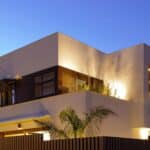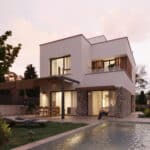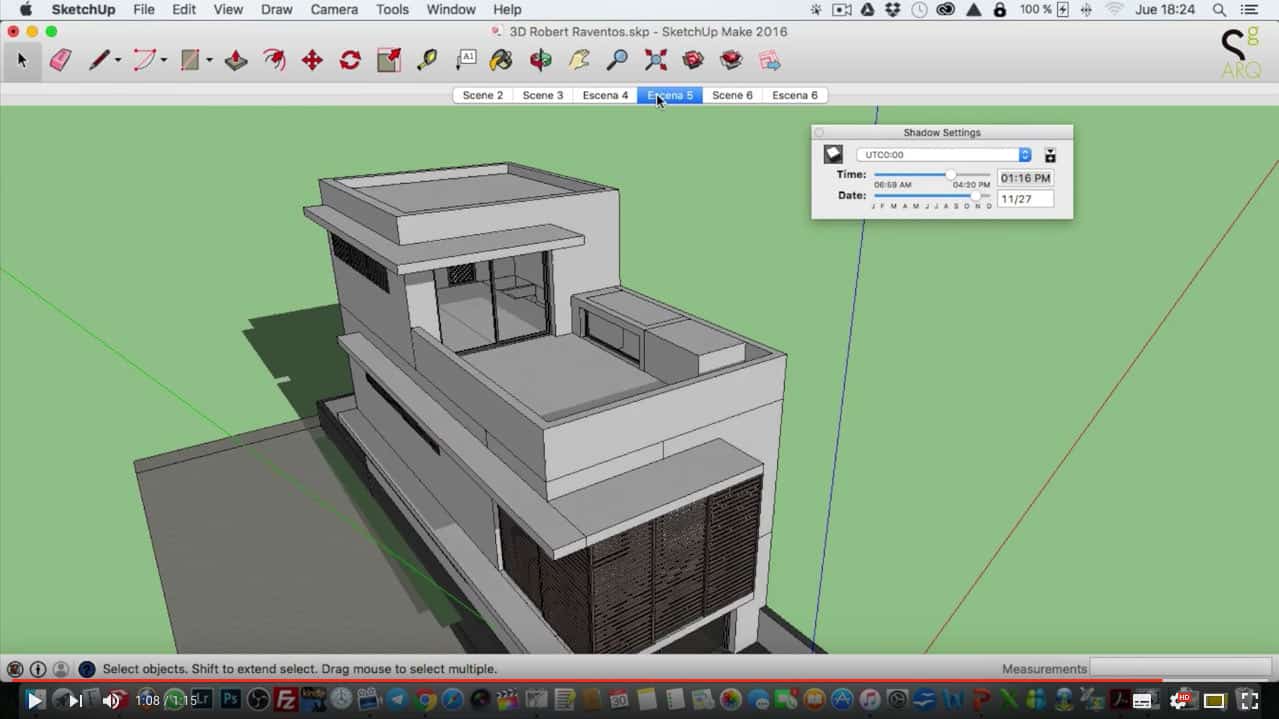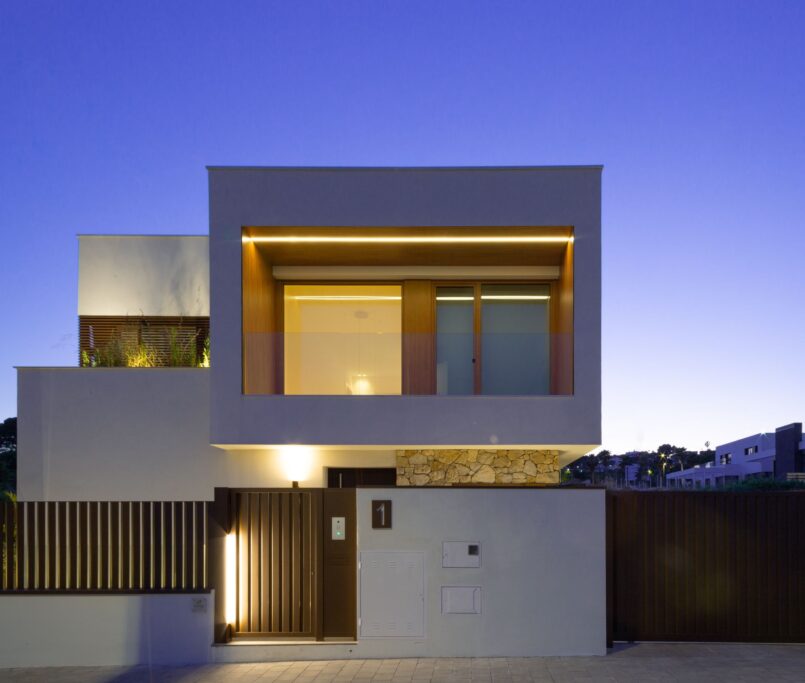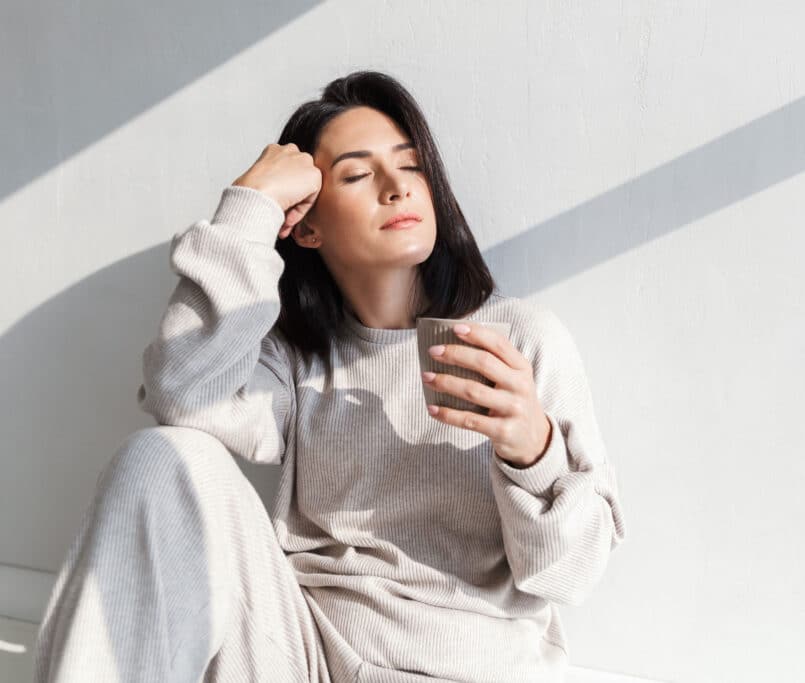Solar radiation impact on the building
In passive architecture, heat gains are achieved by means of solar radiation. Studying the radiation impact on the building’s envelope is one of the first assessments to be considered when beginning any new project.
Indoor layout and its relation to the outdoors through windows and voids predetermines heat gains. A building facing south will get more heat gains, whether through its voids or opaque enclosures.
Given our climate, south orientation will be the best for us, because it enables to capture solar radiation in winter thanks to a lower sunbeam angle of incidence while, in summer, this angle of incidence van be avoided by means of porches or cantilevers in order to prevent overheating
Both east and west orientations mean lower sunbeam angles of incidence making it difficult to get the adequate protection in summer and creating more overheating problems mainly on façades facing west.
North orientation is the one with less solar radiation, and consequently lower heat gains. As a rule, this orientation should watch out for heat losses in winter times.
It is vital to take into account that buildings close to greenery can affect the theoretical solar radiation falling on our building, so it is necessary to assess the shades on the building we are planning.
If you want to stay up to date with news on energy-efficiency, please subscribe to our newsletter.

